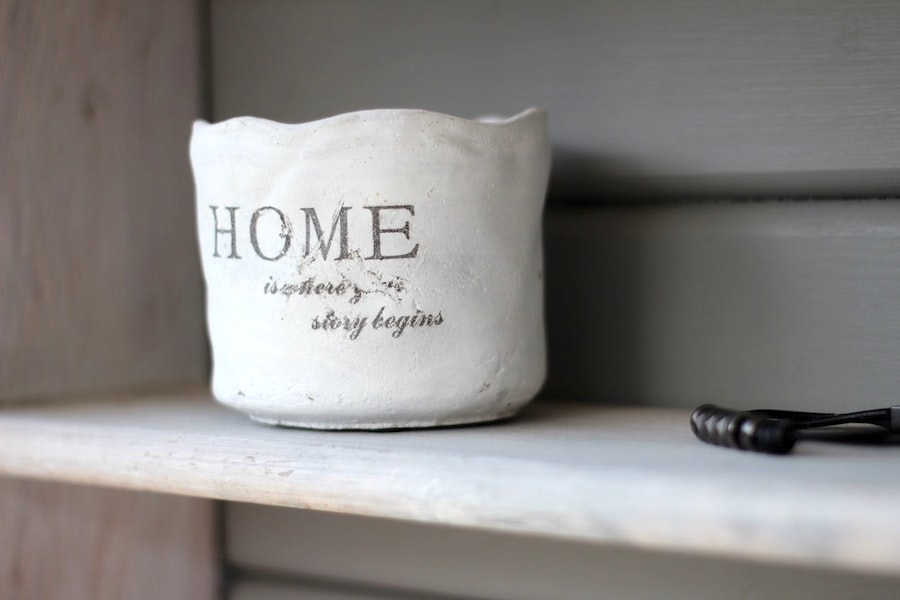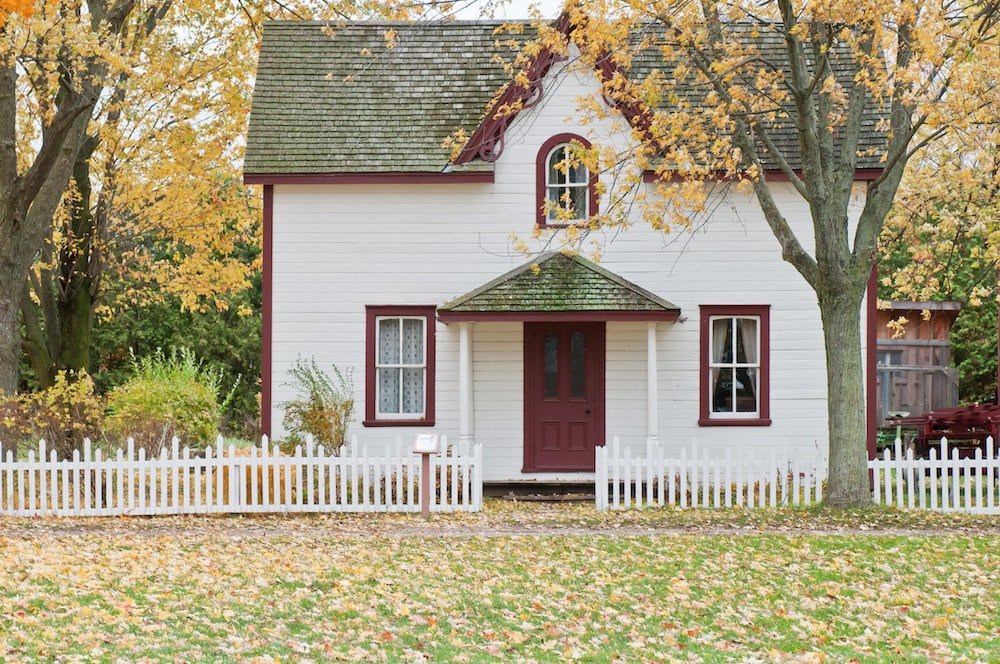
With the pandemic still impacting loans and interest rates, now is an ideal time to consider refinancing to a 15-year fixed-rate mortgage. Low interest rates are holding, and homeowners can save a substantial amount of interest by refinancing to a 15-year mortgage.
According to economists at the National Association of Realtors, the national average interest rate on a mortgage in 2021 was 3%. However, mortgage rates are slowly climbing above 3.5%, and are predicted to rise throughout 2022.
Now is the time to take advantage of lower interest rates and lock in a low rate with a fixed-rate mortgage. That said, it’s not always an easy decision. So, how should a homeowner decide whether or not to refinance to a 15-year fixed-rate mortgage?
Let’s dig in.
30-year vs. 15-year Fixed-Rate Mortgages: Know the Difference
Refinancing a 30-year mortgage or an adjustable-rate mortgage (ARM) to a 15-year fixed-rate home loan means you will pay less interest over the life of the loan. Depending on your current mortgage balance, this could result in thousands of dollars saved over the life of your loan, not to mention you’ll pay off your house sooner.
What’s more, homeowners who refinance to a 15-year fixed-rate home loan are typically offered a lower interest rate and better loan options. Overall, the savings could be substantial.
Related: Find out how much you can save right now with this mortgage refinance calculator
However, refinancing to a 15-year mortgage isn’t always the best choice for every homeowner. There are things to consider before changing your mortgage payment, such as setting a monthly budget, paying off debt, growing your savings, and pursuing investment opportunities.
A 30-year fixed-rate mortgage can provide a lower mortgage payment with the stability of a fixed payment every month. You’ll pay more interest over the life of the loan, but your monthly payment will be lower.
Whether you decide on a 30-year fixed-rate mortgage or a 15-year fixed-rate mortgage, both home loans provide the stability of fixed monthly payments for the life of the loan.
No surprises, no rate increase, and no change in your mortgage payment.
Consider your monthly budget and long-term financial goals.
Refinancing from a 30-year mortgage to a 15-year mortgage is ideal for homeowners with steady cash flow, substantial savings, and a low debt-to-income ratio.
For homeowners with 17 or more years left in their mortgage payments or for homeowners with an interest rate of 4% or higher, a refinance could help allocate the bulk of your mortgage payment toward the principal balance on your home loan. This means a faster pay off and less interest over the life of your home loan.
Homeowners who have extra room in their budget for a higher mortgage payment and a low debt-to-income ratio are strong candidates. However, homeowners who live on a strict monthly income with little in savings may want to consider other refinancing options to help lower mortgage payments.
Related: Get started now with a qualified mortgage advisor in your local area
Find out how much you can afford.
Mortgage lenders will often offer a lower interest rate for a 15-year mortgage, saving you thousands in the long run. Refinancing to a 15-year home loan can also give you advantages through the home equity you’ve built.
If you’ve paid down your mortgage and built equity since you first purchased your home, your monthly mortgage payments could decrease after refinancing. For example, if your loan-to-value (LTV) ratio is below 80% you’ll have access to better loan options and lower interest rates.
However, if you find that the minimum monthly payment for a 15-year mortgage puts strain on your monthly budget, consider staying with a 30-year mortgage and refinancing with a rate and term refinance which can lower your monthly payment.
Another option is to make bi-monthly payments every two weeks (e.g., 2 additional mortgage payments each year). This approach will slowly reduce the term of your 30-year mortgage while giving homeowners the flexibility to revert to smaller payment schedules when needed. Keep in mind your interest rate may stay at a slightly higher percentage than if you were to refinance.
Click here to download your free credit report
Are there closing costs to refinance a 15-year mortgage?
Refinancing to a 15-year fixed-rate mortgage will incur closing costs, just like most home loans, which we blogged about here. That said, you can save tens of thousands of dollars over the life of your loan by reducing your mortgage term to 15 years.
Typically, it takes 5-7 years to recoup non-recurring closing costs after a mortgage refinance. In general, it’s a good move to refinance to a 15-year fixed mortgage if you’re mortgage rate will drop by at least 1% for your new home loan.
Be sure to connect with your local mortgage advisor about your best loan options and lock in a preferred rate.
RELATED: Learn the Truth About No-Closing Cost Loans
What documentation will I need to refinance to a 15-year fixed-rate mortgage?
Applying for a 15-year mortgage is similar to most home loan applications. Mortgage lenders typically require the following documentation to apply for a 15-year fixed-rate mortgage:
- Identification such as a passport or driver’s license
- Employment verification
- Proof of income (e.g., pay stubs, W-2 statements, bonuses, alimony)
- Recent bank statements
- Investment account statements
- Current credit report
If you’re self-employed, ask your mortgage advisor about additional information that might be required.
RELATED: How to refinance a mortgage when you’re self-employed
5 Questions to ask yourself before you refinance to a 15-year mortgage:
- Do you have enough money saved for emergencies, home repairs and other financial commitments?
- Would you rather pay down your current mortgage by making bi-monthly payments?
- Do you have other outstanding debt with a higher interest rate that should be paid off first?
- Do you plan on remaining in your current home for at least 7 years to recuperate the closing costs of a new home loan?
- Would you be able to increase your mortgage payment and still meet your financial goals?
Summary
To secure the best home loan and the lowest interest rate, homeowners with a steady income and a strong credit history will have the best loan options. Rates are beginning to shift upwards, and now is the perfect time to lock in a low rate and pay off your mortgage in less than 15 years.
Your mortgage payment might be higher with a reduced term of 15 years, but not always. Take time to review your overall finances, cash flow, investments, and income. Make sure to set a new budget to make room for a new mortgage payment along with home maintenance, repairs, and emergencies.
Next Steps
When you’re ready to apply for a 15-year fixed-rate mortgage, an experienced mortgage advisor can help you get approved, lock in the lowest mortgage rate, and secure the right home loan. Connect with a mortgage advisor to discuss your options and make a plan that can help you save money on your mortgage. We’d love to help.



